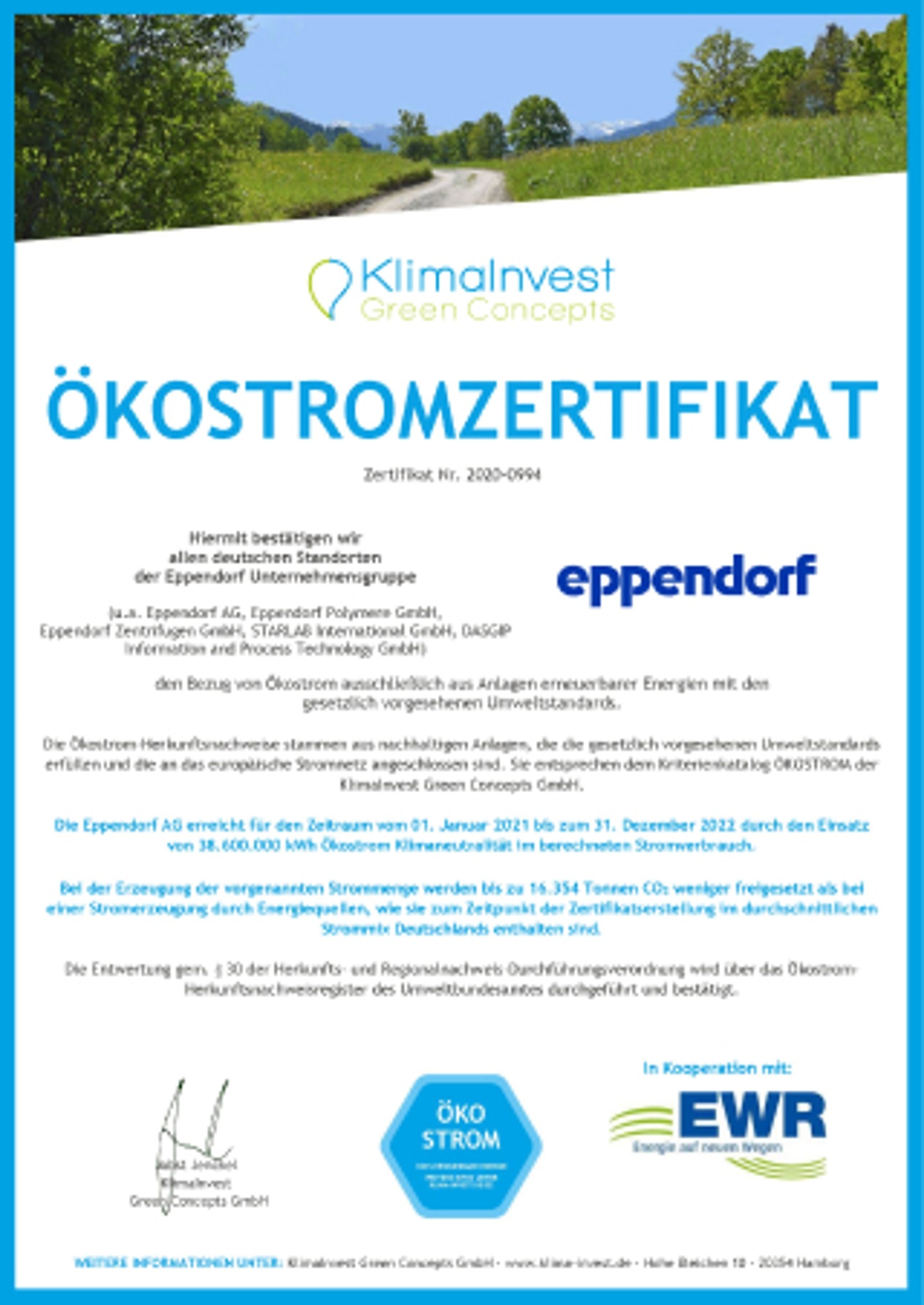-
-
-
-
- Forum Labo 2025
- Advanced Therapies Week (ATW) 2025
- SLAS Europe 2025
- Bioprocessing Summit Europe 2025
- Medlab Middle East 2025
- SLAS International 2025
- Biologics World Nordics 2025
- ASIA LABEX: The Lab Show 2025
- BioProcess International Europe 2025
- ISEV 2025
- Future Labs Live 2025
- Cell 2025
- ASIA LABEX: The Lab Show 2025
-
-
-
-
- Forum Labo 2025
- Advanced Therapies Week (ATW) 2025
- SLAS Europe 2025
- Bioprocessing Summit Europe 2025
- Medlab Middle East 2025
- SLAS International 2025
- Biologics World Nordics 2025
- ASIA LABEX: The Lab Show 2025
- BioProcess International Europe 2025
- ISEV 2025
- Future Labs Live 2025
- Cell 2025
- ASIA LABEX: The Lab Show 2025
-
- Benchtop Centrifuges
- Floor-Standing Centrifuges
- Refrigerated Centrifuges
- Microcentrifuges
- Multipurpose Centrifuges
- High-Speed Centrifuges
- Ultracentrifuges
- Concentrator
- High-Speed and Ultracentrifuge Consumables
- Centrifuge Tubes
- Centrifuge Plates
- Device Management Software
- Sample and Information Management
-
- All Pipettes, Dispensers & Automated Liquid Handlers
- Mechanical Pipettes
- Electronic Pipettes
- Multi-Channel Pipettes
- Positive Displacement Pipettes & Dispensers
- Automated Pipetting
- Bottle-Top Dispensers
- Pipette Controllers
- Pipette Tips
- Automation Consumables
- Dispenser & Pipette Accessories
- Automation Accessories
- Dispenser & Pipette Services
Power Supply
So we take advantage of every opportunity to reduce the amount of energy we purchase. This is also why measures to improve energy efficiency and
Green electric energy
Thermal power station
Geothermal power
Re-use of heat
Green electric energy
Read more
Read less
„When we commissioned the new thermal power station, we took a big step forward toward optimizing our energy supply. With this system, we can supply around 50% of the electricity we need and meet nearly all of the plant's cold water requirements.“
Dr. Thomas Reimann
Eppendorf Polymere GmbH, Oldenburg, Germany
Geothermal power
A good example is a dedicated office building at our company‘s main location in Hamburg, Germany. In 2013, we evaluated, planned and finally implemented the utilization of the site‘s existing geothermal energy for heating and cooling the entire building. Since 2014, the heat pumps required by the geothermic plant are no longer supplied with external electrical power, but with solar power generated by the system on the roof of the building. Although it is occasionally necessary to use externally sourced electrical power at night, the building has a nearly even energy balance.
This construction project posed a number of special challenges. For example, before the geothermal plant was built, the anticipated heating
Eppendorf‘s extensive test drilling and the insights it gained from the use of different types of probes and drilling depths were pioneering efforts in the region.
We were well aware of the uncertainties of such a project, but it was a challenge we enjoyed meeting, and our efforts were rewarded by the energy selfsufficiency of the building, the valuable insights we gained into the use of geothermic systems in the region, and the concrete contribution the project enabled us to make to the goal of environmentally friendly energy supply.
Re-use of heat
The Eppendorf ULT freezer manufacturing process includes several quality checks. Each ULT freezer is thoroughly inspected to meet the rigorous quality guidelines. The final inspection takes more than 24 h and is based on a real test run of the unit down to -80 °C. This process is documented by an individual Certificate of Quality, complete with serial number, provided as standard for your documentation. The compressors consume energy to cool the ULT freezer at -80 °C but also generate heat. The freezer manufacturing facility takes advantage of this: The heat output during final individual unit testing discharges into the building heating system.


